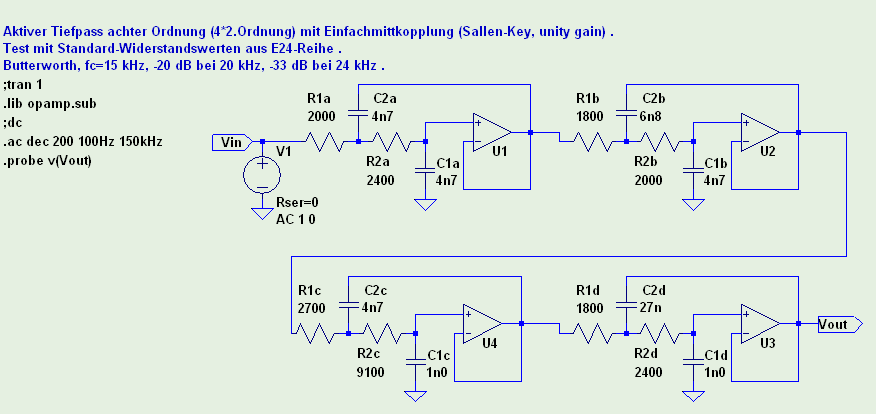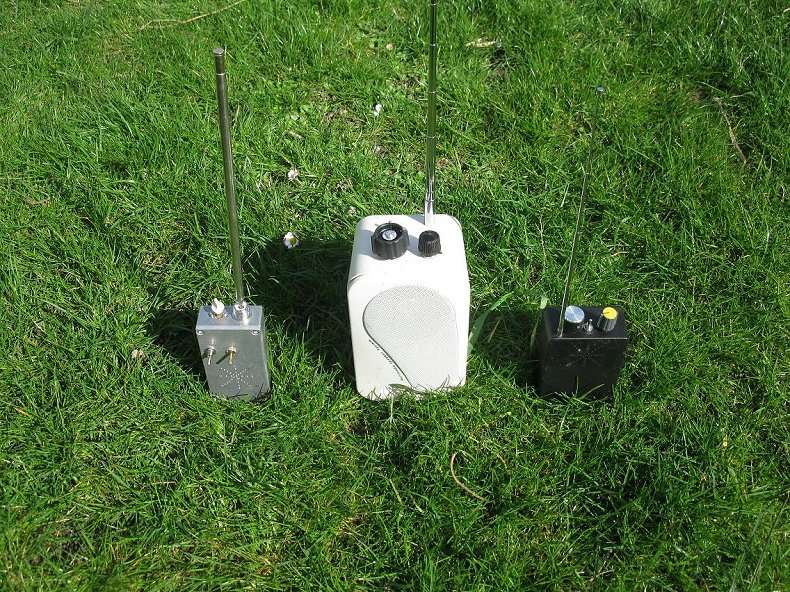

Umbrella antenna of the Omega navigation system beacon on Tsushima Island, Japan, which transmitted at 10-14 kHz 389 meters high, it was dismantled in 1977.Ī major practical drawback to the VLF band is that because of the length of the waves, full size resonant antennas ( half wave dipole or quarter wave monopole antennas) cannot be built because of their physical height. VLF waves used to communicate with submarines have created an artificial bubble around the Earth that can protect it from solar flares and coronal mass ejections this occurred through interaction with high-energy radiation particles.VLF waves at certain frequencies have been found to cause electron precipitation.VLF waves can penetrate seawater to a depth of at least 10–40 meters (30–130 feet), depending on the frequency employed and the salinity of the water, so they are used to communicate with submarines.However, atmospheric noise (" sferics") is high in the band, including such phenomena as " whistlers", caused by lightning. Propagation distances of 5,000–20,000 km have been realized. Therefore, VLF transmissions are very stable and reliable, and are used for long-distance communication. This is because VLF waves are reflected from the bottom of the ionosphere, while higher frequency shortwave signals are returned to Earth from higher layers in the ionosphere, the F1 and F2 layers, by a refraction process, and spend most of their journey in the ionosphere, so they are much more affected by ionization gradients and turbulence.

VLF waves have very low path attenuation, 2–3 dB per 1,000 km, with little of the " fading" experienced at higher frequencies.The waves travel in a zig-zag path around the Earth, reflected alternately by the Earth and the ionosphere, in transverse magnetic (TM) mode. The conductive ionosphere and the conductive Earth form a horizontal "duct" a few VLF wavelengths high, which acts as a waveguide confining the waves so they don't escape into space. The Earth is surrounded by a conductive layer of electrons and ions in the upper atmosphere at the bottom of the ionosphere called the D layer at 60–90 km (37–56 miles) altitude, which reflects VLF radio waves. Ground waves are less important beyond several hundred to a thousand miles, and the main mode of long-distance propagation is an Earth-ionosphere waveguide mechanism. 4.5 Submarine and subterranean communicationsīecause of their long wavelengths, VLF radio waves can diffract around large obstacles and so are not blocked by mountain ranges, and can propagate as ground waves following the curvature of the Earth and so are not limited by the horizon.4.3 Geophysical and atmospheric measurement.4.2 Navigation beacons and time signals.


 0 kommentar(er)
0 kommentar(er)
